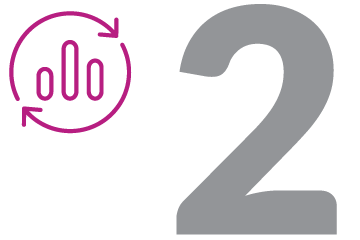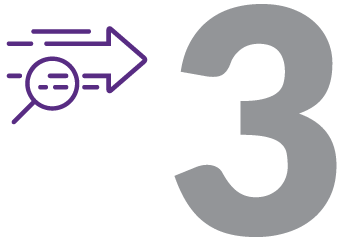
Boasting seven Nobel Prize winners and two Canadian prime ministers as alumni, the University of British Columbia (UBC) is consistently ranked among the top 40 universities in the world. With more than 60,000 students, UBC's commitment to research is evident in its investment of $580 million in 8,808 research projects.
“Some of our findings blew away the fundraisers. We showed that we could accurately identify the major giving potential of nine out of 10 individuals who had already given us a major gift based solely on where they live and data recorded within our CRM system.”
Finding new donors to financially support a university’s burgeoning academic programs is always a difficult task. If an advancement office relied solely on previous donors for contributions, it would miss out on many promising prospects. The challenge for UBC’s Development and Alumni Engagement Department was that because of strict privacy laws, they did not have any way to identify individuals who had the wealth or ability to make a major gift (more than $25,000), beyond looking at census data.

The first step in aiding UBC in its donor research was to help them understand Canada’s financial landscape. By using the WealthScapes financial dataset, UBC was able to gather neighborhood-level information on Canadian’s incomes, investments, liquid assets and net worth.

The AgeByIncome and LiquidAssets databases were used to narrow the search results to identify prospective target groups. The university was able to identify older candidates, as well as those who could give at a major gift level, by isolating neighborhoods according to desired liquid asset holdings and age and income classifications.

To turn this in-depth financial neighborhood information into actionable insights, an innovative model was used to rank postal codes based on wealth indicators. This model identified the households who had the financial wherewithal and propensity to give generously to the university.
By using data-driven profiles and visualizations of the segments identified by the model, UBC’s Development and Alumni Engagement Department’s fundraising staff recognize the potential major gift donors faster and more reliably. One insight indicated that 27 percent of non-donor alumni were both willing and wealthy enough to become major donors.